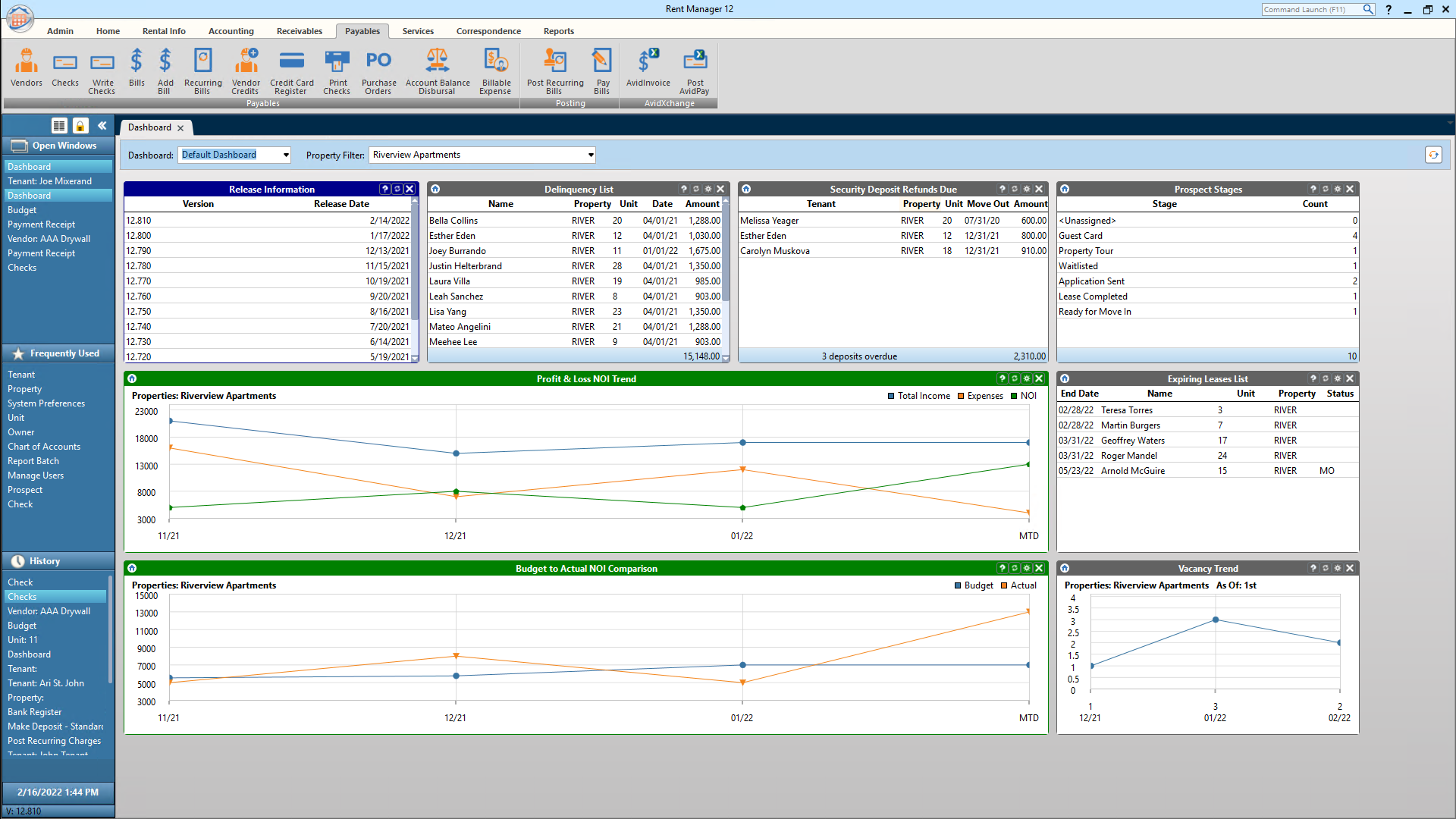
Emerald Coast Rental Management provides management, engineering, and accounting services in the Gulf Coast region. The company has been operating in the Fort Walton Beach and 30A areas since 2010. They also have an office on Okaloosa Island. Their most sought-after services are vacation rentals and property management.
Emerald Coast Rental Management is a multi-faceted company with four employees and a total revenue of $184833. While this may not be a significant number, it is still impressive given the geographical location. In fact, the company has a larger customer base than most companies in its field. Over 450 properties have been managed by the company. The company provides a complete range of property management services that include routine maintenance, rental accounting, and comprehensive marketing and advertising packages. The Emerald Coast has been a prominent player in the real estate market for many years.
Emerald Coast Rental Management claims to be the most popular online booking service on the market. The company can offer seamless experiences to guests from the moment they click "book now" to the moment that their key is delivered and their check is processed. The company also offers online payment options for its clients, including e-checks, major credit cards, and makes the entire process easy.
To learn more about this company, schedule a tour and talk to their staff. They can help you figure out what your specific needs are, and can answer any questions you may have about the Emerald Coast. You can contact the company to inquire about their other services like the management of your vacation rental and the purchase of a home. Emerald Coast Rental Management experts are just a call away, whether you're looking for a new home or a way to make your vacation rental a successful venture. You can be sure that they have a place to fit your needs, no matter if it is your first visit or you have lived here for a while.

FAQ
What is the difference?
Handyman services can be provided for a wide range of tasks, such as plumbing, electrical, carpentry, cabinet building, flooring, tiling and kitchen remodeling. Carpenters specialize in woodworking. Carpenters can construct cabinets, doors, windows and stairs.
Can a handyman give me suggestions for how to improve my home's condition?
Absolutely! Actually, a handyman has been trained in all aspects home repair and maintenance. A handyman is able to identify what needs fixing and what can be left alone. Don't be afraid to ask for help whenever you need it.
What should I choose: hourly or per-project?
It all comes down to personal preference. Some prefer to pay per hour so they can see the actual cost of their handyman. Some prefer to pay per completed job, as they might be working on multiple projects simultaneously. Either way, it's fine.
Do I need to train a handyman to do my work?
No. Handymen already possess the knowledge and skills to complete any project. All they have to do is provide the materials necessary to complete the job.
Who will complete my handyman work?
You won't be disappointed if a professional handyman offers a quote for a small job, such as replacing a lamp or fixing a broken faucet. Handyman services are also available for larger jobs like repairing or installing floor tiles.
If you are looking for someone who can offer ongoing support, such as regular maintenance, then you probably want to use a handyman service like Handyman Services.
Where do handymen come?
There are thousands upon thousands of handymen all over the U.S. but nearly none started as contractors. The majority of handymen started their careers as tradesmen and learned how to complete apprenticeships. This means that they are often highly skilled and have a lot of knowledge. They can be valuable assets to any company.
Which is easier, contracting or being handyman?
As you only require yourself and your tools, being a handyman takes less time than contracting. Contractors rely on subcontractors to complete most of the work. You must manage your own schedule and workload.
Statistics
- “Once the pandemic hit, that number fell to about 20%.” (inquirer.com)
- Mila keeps a commission of 20% for each completed service performed by Friends and charges various service fees regarding work done by Pros. (appjobs.com)
- An estimate was that in 2003, the market for home maintenance and repair spending was up 14% 2001 to 2003. (en.wikipedia.org)
- A franchise was approximately $110,000 with a franchise fee of $14,900, according to a spokesperson for a national handyman franchise. (en.wikipedia.org)
- Another estimate was that the market in the United States was $126 billion and was increasing by about 4% annually. (en.wikipedia.org)
External Links
How To
How to Replace Broken Tiles
Step 1: Take away the old tiles.
Take out the tiles and place them on a new flooring surface. You'll want to keep these intact if you use them later. It's important to note which parts are missing or damaged in order to be able to find the right replacements.
Step 2 - Select New Tiles
Take a look at some different options available for tile replacement.
-
Locate a replacement tile that is the same as the one you just removed.
-
To match a tile, you can use the measurements you took after removing it. This will allow you to quickly find the right size, without having to measure again.
-
You should look for different colors, patterns and textures.
-
Consider what grout you prefer to use. Some people prefer solid color; others enjoy mixing it up.
-
You should ensure that the tile you choose is resistant to moisture.
-
Consider the location of your tile. You can save both time and money by making sure that there is enough room for proper installation.
-
After you've selected your tile, place your order online or at your local Lowe's shop.
Step 3 Install the new tiles.
Install your tiles using the same method you used before. You must align them correctly to ensure they fit together.
Step 4 - Clean Up
Clean up any debris on the floor before you apply the last layer of protective material.
This will keep dust and dirt from getting into the grout between tiles, which could lead to mold.
Step 5 – Sand down the floor
After everything has been cleaned, sand it down to remove any remaining particles from the previous steps.
Step 6 - Finish Off
Once the floor is completely smooth, apply the protective coatings to the tiles. You should wait until this stage as wet paint can stain new tiles.
To help prevent stains, you could always use a product called 'damp-anddry' on your floors.
It will not address all problems that may arise once your tiles have been installed. For example, if you have a lot of kids running around, you may want to consider using an anti-slip coating on top of the protective layer.
Finally, do not forget to keep the protective sealer on for several more weeks before you move back into your home.